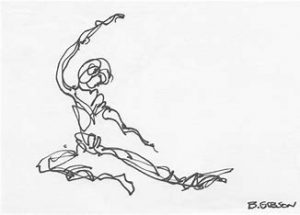
Throughout my years working with clients, I observed how the focus had shifted from the thinking and cognitive processes of the mind to the inner wisdom and messages of the body.
It is not an either or, but it is true that over the last 50 years, more and more emphasis has been put on the power of wisdom of the body and how although cognitively or intellectually you can process trauma, you also need to release the trauma trap in the body for a complete healing process.
Through the work of somatic therapy, names like Peter Levine, Bessel Van Der Kolk, Gabor Mate, and many other pioneers, science started to shed light on the need to explore and research the evidence shared by their theories on trauma healing.
In a way, it is not a surprise that connecting to the body and to movement to reconnect and process trauma has been effective in the laboratory through these scrutinised research; if we look at the aborigines and tribes around the world, they all have rituals, collective singing and dancing as part of their culture. On many occasions, those rituals are connected with transitions, rites of passage, special events in the tribe, or even to commemorate important moments in the community. They are opportunities to share and shake the collective trauma of the tribe, to celebrate and feel the connection among the group, and to feel supported and held in mind by another.
It is not significantly different from what Western psychotherapy aims to achieve in a more clinical and secular manner. They are trying to invite the client or clients (in group settings) to connect with the body through sounds, exercise, shaking or even dancing, while they feel the safety of another holding the safety of the therapeutic space.
It is worth noting that, although a simple task serves as a basis, many of us, as westernised individuals, find the connection to the body to be an alien concept. We had been trained to listen to the thoughts, to be busy in our minds, to feel numb and disconnected from the body, so we can keep performing and working. Although simple in its form, the value of this connection and work is immense and more needed than ever. Only when a person is able to integrate every aspect of who they are ( and that absolutely includes the body), they feel full and contained. It is for this specific reason that, as a practitioner, the embodiment and all that comprises are an essential part of my work with the client.
Let's go to the basics, learn from wisdom traditions, open our hearts to other possibilities, and let the body dance.
Until the next blog.
Hari om tat sat.